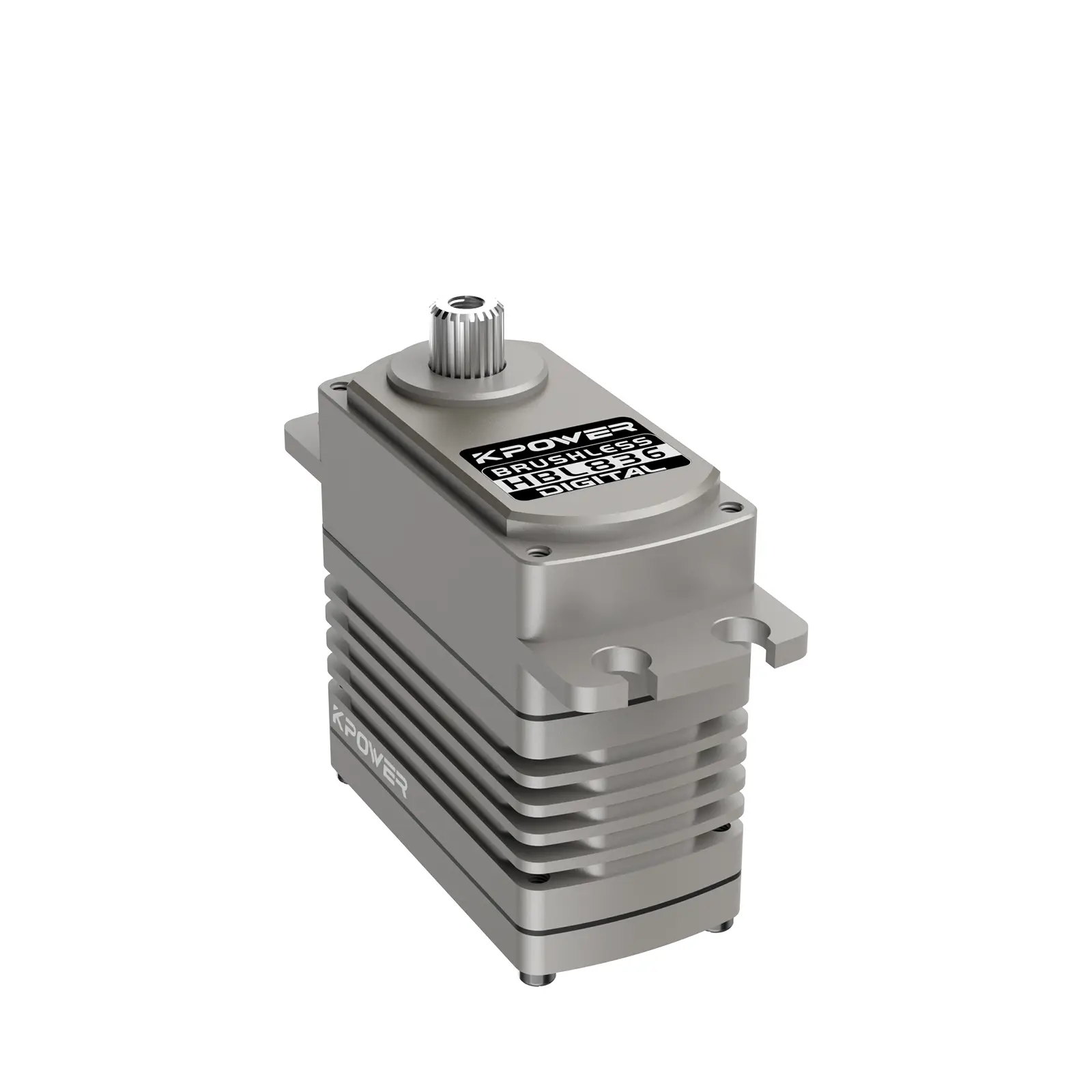When diving into microservices testing, the first thing that strikes you is how different it is from traditional testing methods. You’re no longer testing one monolithic application; instead, you're testing independent, loosely-coupled services. And let's be honest, that can be tricky.

But fear not! There’s a roadmap—12 principles, to be exact—that can guide you toward mastering microservices testing. Let’s break them down in a way that’s easy to follow and—dare I say—actually fun.
1. Start with the End in Mind
Before diving deep into testing, always ask: what’s the point of this service? What does it need to achieve? Microservices are built for specific tasks, so testing them means aligning with that mission. Whether it’s a payment gateway or a user authentication service, understanding the “why” is step one.
2. Test Each Service Independently
It’s tempting to bundle everything together, but testing each service independently is the key. Microservices operate independently, and each one must be validated in isolation before moving on to integration tests. Imagine testing a feature that’s supposed to handle payments without worrying about the rest of the application. It’s focused, and it works.
3. Automate Early and Often
Automation isn’t just a nice-to-have; it’s a must. As your services grow, you’ll want a set of automated tests that run quickly and efficiently. Think of them as your safety net. The more you automate, the more confident you can be in the stability of your services. It’s like building a rock-solid foundation for your microservices architecture.
4. Be Prepared for Failure
Microservices thrive on failure resilience. They're built with the expectation that things can (and will) go wrong. So, testing for failure modes, like service crashes or network timeouts, isn’t optional—it’s crucial. Does your service gracefully handle when something goes wrong, or does it fall apart?
5. Use Contract Testing
Each microservice is like its own island, and contract testing ensures that each service plays nicely with others. By defining the contract (like the APIs and expected responses), you can avoid unpleasant surprises when services interact.
6. Mock External Dependencies
Microservices often depend on third-party services, databases, and APIs. Instead of testing with live services (which can slow things down), mock those external dependencies. This approach speeds up testing while ensuring your service functions as expected in isolation.
7. Simulate Real-World Loads
Testing with real-world traffic is invaluable. You want to know how your services perform under stress, right? Simulate heavy load and see how your microservices respond. This helps you find performance bottlenecks and avoid nasty surprises during production.
8. Monitor and Log
Testing doesn’t stop once the tests are done. Continuous monitoring and logging are key to understanding what’s happening in your microservices in real-time. If something goes wrong post-deployment, logs will be your best friend in diagnosing the issue.
9. Embrace Continuous Integration
Continuous integration (CI) tools can automatically run your tests every time a new feature is added or a bug is fixed. It ensures that your services stay reliable, and if something breaks, you catch it before it hits production.
10. Don’t Forget Security
Security is often an afterthought, but it can’t be when you’re working with microservices. Ensure that every service has proper authentication and authorization checks. Penetration testing is a must. A vulnerability in one service could potentially expose your entire ecosystem.
11. Test Version Compatibility
Microservices evolve. They get updated, changed, and sometimes completely rewritten. When that happens, you need to test for backward and forward compatibility between different versions of services to make sure old versions still work as expected when interacting with new ones.
12. Keep it Simple
In the world of microservices, complexity can creep in quickly. Keep your testing strategies simple and efficient. Prioritize the most critical tests and don’t get lost in the weeds of unnecessary scenarios.
In Conclusion
Microservices testing doesn’t have to be a mystery. By following these 12 principles, you’ll have a solid foundation for building robust, scalable, and resilient microservices. It’s about being proactive, automated, and always ready for whatever comes next. Ready to put these principles into practice? Let’s make your services bulletproof.
Established in 2005, Kpower has been dedicated to a professional compact motion unit manufacturer, headquartered in Dongguan, Guangdong Province, China. Leveraging innovations in modular drive technology, Kpower integrates high-performance motors, precision reducers, and multi-protocol control systems to provide efficient and customized smart drive system solutions. Kpower has delivered professional drive system solutions to over 500 enterprise clients globally with products covering various fields such as Smart Home Systems, Automatic Electronics, Robotics, Precision Agriculture, Drones, and Industrial Automation.




































